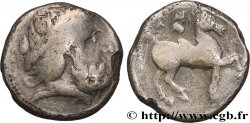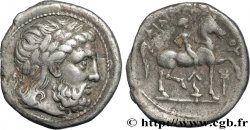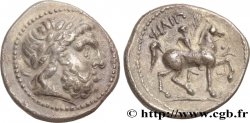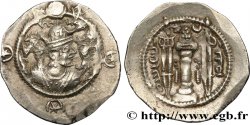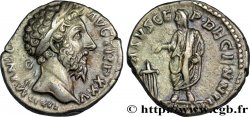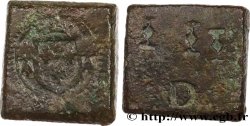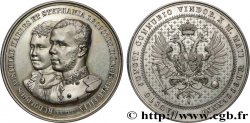Live auction - bga_949819 - DANUBIAN CELTS - IMITATIONS OF THE TETRADRACHMS OF PHILIP II AND HIS SUCCESSORS Tétradrachme “au cavalier et W”
You must signin and be an approved bidder to bid, LOGIN TO BID. Accounts are subject to approval and the approval process takes place within 48 hours. Do not wait until the day a sale closes to register. Clicking on "BID" constitutes acceptance of the terms of use of cgb.fr private live auctions.
Bids must be placed in whole Euro amounts only. The sale will start closing at the time stated on the item description; any bids received at the site after the closing time will not be executed. Transmission times may vary and bids could be rejected if you wait until the last second. For further information check the Live auction FAQ
All winning bids are subject to a 18% buyer’s fee.
All winning bids are subject to a 18% buyer’s fee.
| Estimate : | 1 800 € |
| Price : | no bid |
| Maximum bid : | no bid |
| End of the sale : | 24 September 2024 15:28:26 |
Type : Tétradrachme “au cavalier et W”
Date: c. IIe-Ier siècles AC.
Metal : silver
Diameter : 24 mm
Orientation dies : 12 h.
Weight : 14,00 g.
Rarity : R3
Coments on the condition:
Superbe exemplaire sur un flan idéalement centré des deux côtés. Portrait de toute beauté. Des faiblesses au revers. Patine grise avec de légers reflets dorés
Obverse
Obverse legend : ANÉPIGRAPHE.
Obverse description : Tête barbue de Zeus cornu à droite, deux mèches de cheveux retombant sur la nuque.
Reverse
Reverse legend : ANÉPIGRAPHE.
Reverse description : Cavalier au pas à gauche ; au-dessus du cavalier deux lettres en monogramme ou “zizag” ; rinceaux sous le cheval.







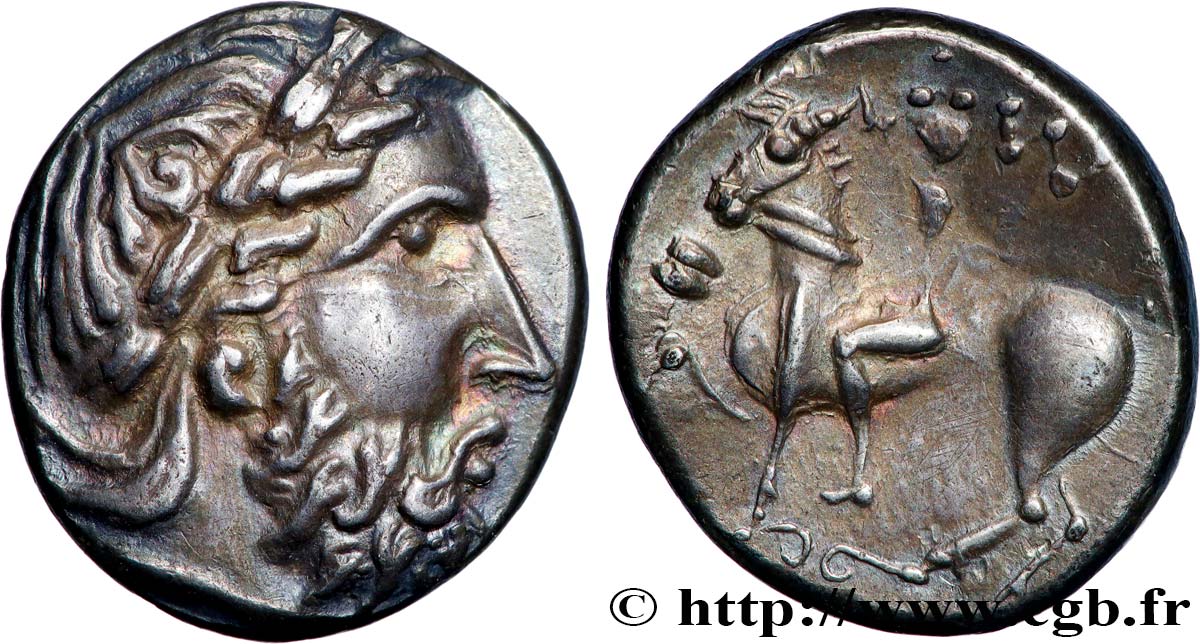
 Report a mistake
Report a mistake Print the page
Print the page Share my selection
Share my selection Ask a question
Ask a question Consign / sell
Consign / sell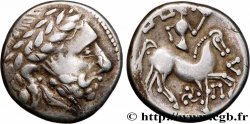
 Full data
Full data
